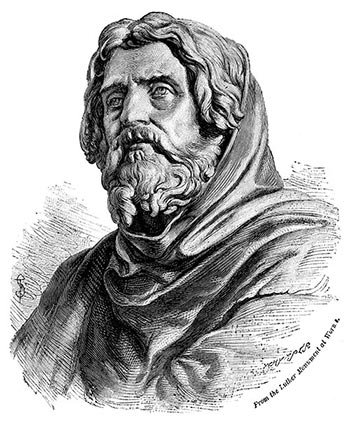Heroes in the first 14 centuries of the church

Peter Waldo
For the early centuries historical records are hard to find. The church encountered brutal persecution, making such documents impossible to create or store. Their possession would have been illegal and dangerous.
Later, although the church was freed from persecution after Constantine, the church’s status quo became formalised and ritualistic, generally opposing any signs of reform or spiritual awakening. Most materials we have about such movements were written by their opponents, because the mainline Church usually destroyed any writings of reformative or revivalistic groups. The writings against the Montanists are a popular example.
Nevertheless, despite the fragmentary nature of the evidence of revivals or spiritual awakenings, we have sufficient information to piece together a fairly accurate overview of their effects.
The second and third centuries witnessed powerful moves of the Holy Spirit, when signs and wonders advanced the cause of the church periodically. By the beginning of the fourth century some scholars estimate that 20%-50% of the Roman Empire were Christians. Monasticism, far from cloistering the faithful, often spearheaded spiritual movements which brought multitudes to living faith.
Men like Irenaeus, Gregory the Wonderworker, Gregory the Illuminator, Montanus, St. Antony, Martin of Tours, Simeon the pillar ascetic and others, are associated with these movements.
Patrick evangelised Ireland, with signs following his ministry in the 5th century and Columba saw similar results in Scotland and founded several churches in the Hebrides in the 6th century. At the same time Columban and others preached the gospel with great effect in France, Switzerland and northern Italy.
At the beginning of the 7th century Gregory the Great, bishop of Rome, wrote to Augustine of Canterbury exhorting him not to be puffed up with pride that great miracles were taking place during the course of his missionary endeavours in Britain. This is a good indication that revival had taken place during the course of his ministry. In his ‘Confessions he claimed a special dispensation of the Spirit which enabled him to convert the heathen, escape perils, and do ‘signs and wonders’
The 7th century saw Northern England evangelised by Aidan and others and Boniface preached the Gospel with power and signs following among the Frisians and various Germanic tribes.
In the 12th century, Peter Waldo and the Poor Men of Lyons reached out in Italy and Europe with profound effects.
Francis of Assisi’s preaching of the Gospel with occasional signs and wonders produced repentance and spiritual awakening for great numbers in the 13th century. Dominic experienced revival phenomena during his preaching, as did Antony of Padua (northern Italy).
In the 14th century, Reformation preparation began with John Wycliffe and the Lollard preachers in England and Scotland. He was followed by Jan Hus and Jerome of Prague, who were both powerful revival preachers
In 15th century Girolamo Savonarola ignited a significant revival in Florence, Italy.
In conclusion, this period was replete with powerful spiritual activity which kept the flame of Christ and His gospel alive during those, sometimes spiritually dark, centuries – but the best was yet to come!!!



